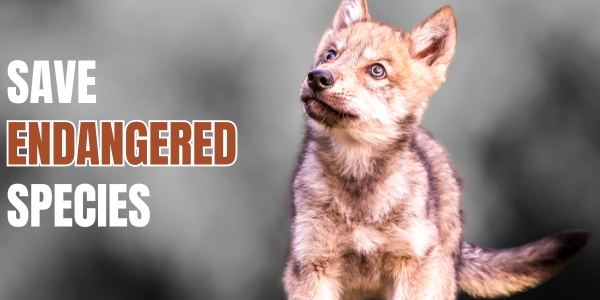Photo credit: Mike Marsh
Pale blue-eyed grass (Sisyrinchium sarmentosum) | ESA status: none
Pale blue-eyed grass
The pale blue-eyed grass is actually not a grass, but an iris. Found only in Oregon and Washington, this rare plant is sensitive to many threats.
Pale blue-eyed grass facts
The pale blue-eyed grass’s blue-green stems and thin, grass-like leaves are decorated with minute pale blue flowers in the spring, adding a subtle tint to the wet open meadows where they grow in south-central Washington and northern Oregon. There are only between 5,000 and 7,000 individual plants left, occurring in scattered populations across less than 1,000 acres. Many of those populations are too small to be self-sustaining.
What are the threats to pale blue-eyed grass?
The pale blue-eyed grass is not only delicate in appearance, but in constitution as well. It is very sensitive to damage before or during its flowering period and can be badly damaged if grazed or trampled by cattle. Pale blue-eyed grass is also threatened by off-road vehicle use, agriculture, and hybridization with another, more common iris. Invasive species and woody shrubs given a boost by climate change encroach on their meadow habitat.
What WildEarth Guardians is doing to preserve pale blue-eyed grass
We petitioned the U.S. Fish and Wildlife Service to protect this rare plant under the Endangered Species Act in 2007 and continue to press the Service to finalize the listing.
Historical Significant Actions
WildEarth Guardians files lawsuit to compel overdue listing determination for pale blue-eyed grass February 2010
WildEarth Guardians and Center for Native Ecosystems comment on positive preliminary finding October 2009
U.S. Fish and Wildlife Service issues positive preliminary finding on petition to list pale blue-eyed grass August 2009
WildEarth Guardians files lawsuit to compel overdue preliminary finding for pale blue-eyed grass March 2008
Wildlife Press: Pale blue-eyed grass
Valentine’s Day is Not Just About Roses
Conservation Group Advocates for Bouquet of Endangered Wildflowers
Contact: Nicole Rosmarino (505) 699-7404
